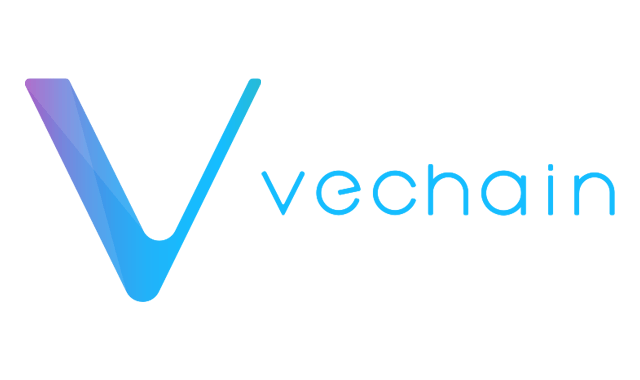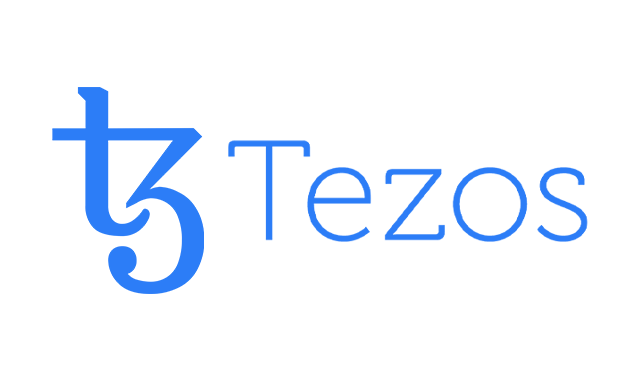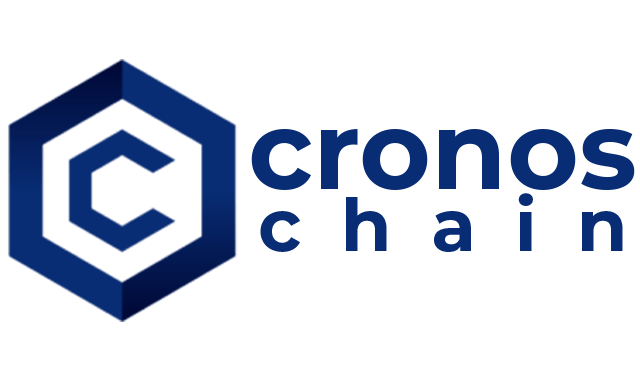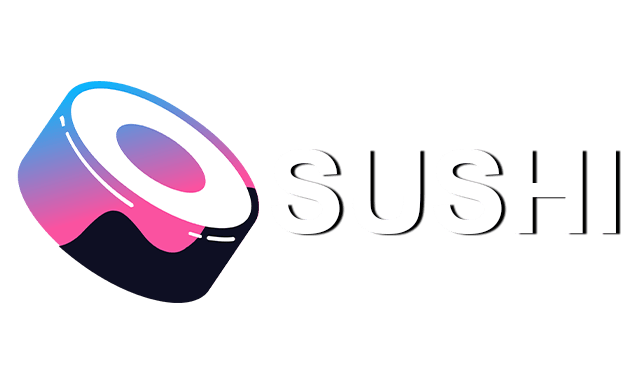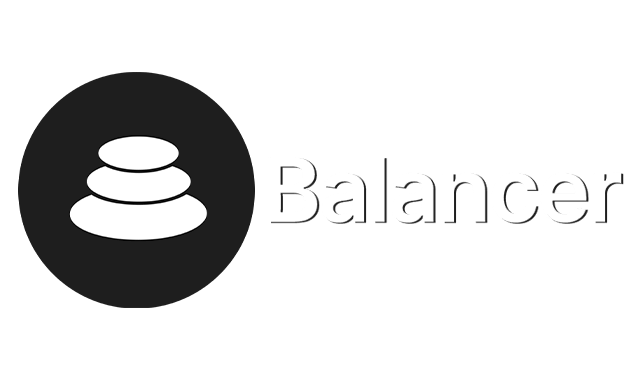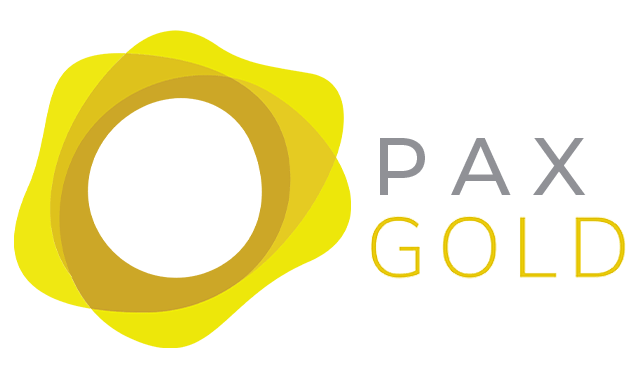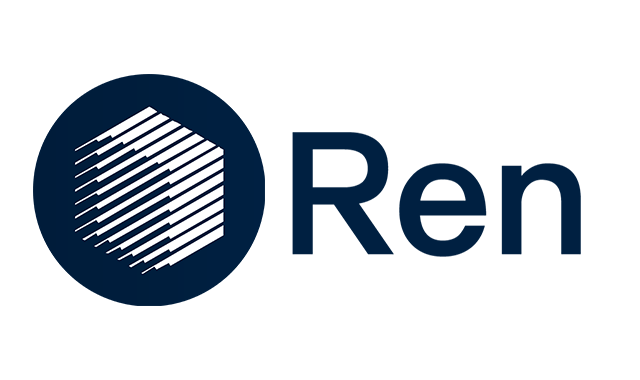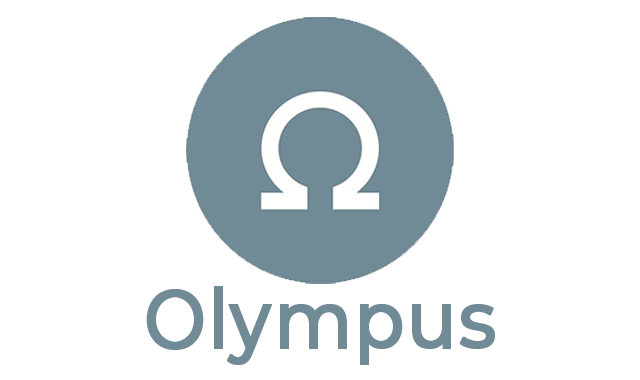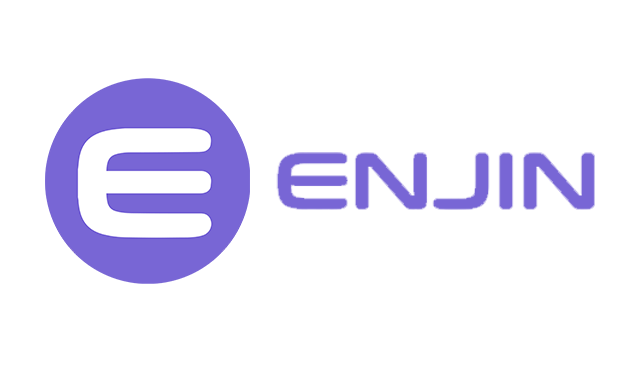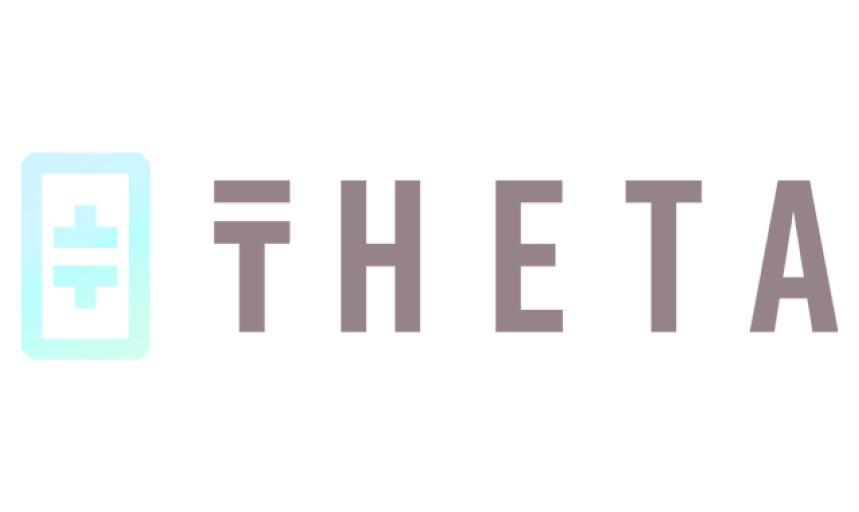Building the Future: Explore the Blockchain Infrastructure
Discover the latest advancements in blockchain infrastructure. Join the decentralized revolution and build the future of finance.

Chainlink
Cryptocurrencies have become increasingly popular over the past few years, and Chainlink (LINK) is one of the hottest ones around. LINK’s unique spin on cryptocurrency sets it apart from its competitors –it allows developers to create “smart contracts” on any blockchain that are automated, self-executing digital agreements.
This technology could make digital transactions much faster, simpler, and more secure than traditional methods. We’ll look at how Chainlink (LINK) works, what makes it special compared to other cryptocurrencies, and its potential real-world applications.
In this article, we’ll answer all your questions about Chainlink (LINK). We’ll discuss its benefits and risks so you can decide if investing in LINK is right for you.
What is Chainlink (LINK)?
Chainlink is a Decentralized oracle network that aims to provide on-chain and real-world external data to smart contracts on any blockchain network. Its token LINK is an ERC-677 token. Also, LINK is an ERC-20 token. LINK is also used to pay for services on the Chainlink oracle network.
Smart contracts are self-executing contracts with the terms of the agreement between buyer and seller directly written into code. They are immutable, transparent, and tamper-proof. Still, they are limited to the data available on the blockchain. Chainlink allows contracts to access real-world data sources, such as financial market data, weather data, and other real-world information, by connecting them to DONs. The Chainlink is driven by a large open-source community of data providers.
Oracles are entities that securely retrieve and verify data from off-chain sources and transmit it to the blockchain. Chainlink’s DON consists of independent validators who compete to provide reliable and accurate data to cryptocurrency contracts. The system uses a reputation system and economic incentives to ensure the quality and security of the provided data.
The token LINK is the native cryptocurrency of the Chainlink network. It is used to pay validators for providing data to crypto contracts. It is also used as collateral to secure the network and ensure the accuracy of the data provided. As of February 2023, Chainlink is one of the industry’s most widely used and respected oracle solutions.
The technology behind Chainlink (LINK)
Here are some of the key technologies behind Chainlink:
- Decentralized Network: Every oracle within the Chainlink is fully decentralized, meaning it doesn’t rely on any central authority or single point of failure. The network comprises thousands of independent nodes that run the Chainlink software and provide oracle services.
- Smart Contracts: Chainlink’s smart contracts facilitate communication between blockchain-based contracts and real-world data sources. These contracts are written in Solidity, the programming language used for Ethereum smart contracts.
- Nodes: Chainlink nodes are responsible for retrieving data from off-chain sources, verifying its integrity, and sending it back to the requesting crypto contract. Each node is incentivized to provide accurate data and to operate securely and reliably.
- Reputation System: They employ a Chainlink reputation contract to incentivize nodes to provide accurate and reliable data. Nodes are rewarded for providing accurate data and penalized for inaccurate data or for going offline.
- Security: Chainlink’s safety is ensured through several mechanisms, including tamper-proof hardware security modules (HSMs) to protect private keys, multi-signature key management, and data encryption.
- Interoperability: Chainlink is designed to be interoperable with many blockchains and real-world data sources. It can connect cryptocurrency contracts to virtually any data source, making it a highly flexible and versatile solution for building decentralized applications.
Smart Contract
This Chainlink technology provides a reliable and secure way to connect decentralized applications to external data sources. This connection enables decentralized applications to access information from various sources in a trustworthy manner without sacrificing security or transparency. In addition, Chainlink’s reputation system ensures the reliability of its network, increasing the trustworthiness of the information provided.
How does Chainlink work?
Chainlink is a DON that provides real-world data on blockchain smart contracts. In simple terms, Chainlink connects smart contracts with data from outside the blockchain, enabling the contracts to interact with the real world.
Here’s how it works:
- The smart contract that requests data: It is a contract on the blockchain that needs data from an external source to execute its function. For example, a contract that triggers a payment when a shipment is delivered needs to know when the shipment arrives.
- Nodes retrieve data: Chainlink operates a network of nodes to retrieve the data requested by the crypto contract. These nodes are incentivized to provide accurate data and penalized if they provide incorrect data.
- Data has aggregated: Multiple nodes retrieve the requested data to ensure accuracy and prevent any single point of failure. The data is then aggregated into a single answer returned to the crypto contract.
- Smart contract executes: With the requested data, it can now execute its function on the blockchain.
Chainlink uses LINK as a form of payment to incentivize nodes to provide accurate data. Nodes must hold a certain amount of LINK tokens as collateral to ensure they provide accurate data. If a node provides inaccurate data, it risks losing its tokens.
Chainlink’s DON allows contracts to interact with the real world securely and reliably. It is used in various applications, including decentralized finance (DeFi), insurance, gaming, and more.
What Makes Chainlink Unique?
Here are some potential benefits of LINK:
- Decentralized oracle network (DON): Chainlink aims to connect cryptocurrency contracts on blockchains to real-world data, events, and payment systems through DONs. As the native token of Chainlink, LINK is crucial in securing the network and incentivizing validators to provide accurate and timely data.
- Scalability: Chainlink’s design allows multiple oracle networks to run in parallel, potentially improving the network’s scalability and reliability. As the usage of Chainlink increases, so may the demand for LINK, potentially increasing their value.
- Flexibility: Chainlink is designed to be highly customizable, with support for a wide range of data sources, data formats, and computation models. This allows developers to integrate their cryptocurrency contracts easily with various external systems and services.
- Data Quality: Chainlink utilizes a reputation system to incentivize node operators to provide high-quality, accurate data. This helps ensure that programmable contracts have access to reliable and trustworthy information.
- Privacy: Chainlink supports private data inputs and outputs, allowing smart contracts to access sensitive data without compromising privacy or security.
- Staking and governance: LINK holders can stake or bond their tokens to participate in Chainlink’s on-chain governance and decision-making process. This can give them a voice in how the network evolves and grows.
Chainlink Oracle Network
It enables secure and reliable access to real-world data feeds, APIs, and traditional payment systems in a decentralized manner. Chainlink achieves this by using a network of decentralized nodes, called oracles, that gather data from various sources and provide it to the cryptocurrency contracts on the blockchain. The oracles are incentivized to provide accurate data through the use of LINK.
What is Chainlink Staking?
LINK staking or bonding is a process by which users of Chainlink can lock up their LINK tokens as collateral to participate in the network’s security and earn rewards. In blockchain networks, bonding refers to holding tokens in a special wallet to help validate transactions and maintain the network’s security.
In the case of Chainlink, stakers can participate in two types of bonding: node and delegation. Node bonding requires a minimum of 100,000 LINK. It involves running a Chainlink node, which helps to validate data and oracle requests. Delegation bonding, on the other hand, allows users to delegate their tokens to an existing Chainlink node operator to participate in network security and receive a portion of the rewards the operator earns.
In exchange for bonding their LINKs, Chainlink stakers can earn rewards through additional LINK tokens. The rewards that stakers can earn depend on the number of tokens they have bonded and the overall demand for network security. However, bonding risks losing the bonded tokens if the staker fails to meet the network’s security requirements.
How Is the Chainlink Network Secured?
The Chainlink network is secured through various techniques, including decentralized nodes, tamper-proof hardware security modules (HSMs), and reputation systems.
At its core, Chainlink is a DON that connects cryptocurrency contracts on blockchain platforms with off-chain data sources and APIs. Chainlink relies on a large network of decentralized nodes run by independent operators worldwide to ensure the network’s security. These nodes are responsible for processing data requests from cryptocurrency contracts, validating the data, and delivering it back to the crypto contract securely and reliably. In addition, data providers can borrow additional LINK tokens to increase their security pools.
To further enhance the network’s security, Chainlink also employs tamper-proof hardware security modules (HSMs) to store private keys and other sensitive information. These HSMs ensure that third parties cannot intercept or manipulate the data transmitted through the network.
Finally, Chainlink uses a reputation system to incentivize node operators to provide accurate and reliable data. Node operators earn reputation points based on the quality of their performance, and those with higher reputation scores are given priority when it comes to processing data requests. This helps ensure that only trustworthy and reliable nodes are used to secure the network.
Combining these various security techniques, Chainlink can provide a highly secure and reliable Oracle network for contracts.
Where to buy or sell LINK?
Some of the most popular exchanges to buy or sell LINK include:
- Binance – Binance is one of the largest cryptocurrency exchanges in the world and offers a wide variety of trading pairs, including LINK.
- Coinbase – Coinbase is a popular cryptocurrency exchange that is user-friendly and offers a simple interface for buying and selling LINK.
- Kraken – Kraken is a reputable cryptocurrency exchange offering a wide range of trading pairs and has operated since 2011.
- Bitfinex – Bitfinex is a well-established cryptocurrency exchange with a range of trading pairs, including LINK.
- Huobi – Huobi is a large cryptocurrency exchange that offers a range of trading pairs, including LINK.
How can LINK be mined?
LINK is the native cryptocurrency of Chainlink, a DON platform that connects programmable contracts to real-world data and events. LINK tokens pay node operators who provide data to the Chainlink network.
Mining LINK, however, is not possible since LINK is not a mineable cryptocurrency. Therefore, the total supply of LINK was fixed at its creation, and new tokens cannot be created through mining or any other means.
The only way to obtain LINK tokens is to buy them from a cryptocurrency exchange or receive them as payment for services rendered within Chainlink. You can also earn LINK by bonding it as collateral to become a node operator on the network and earn rewards in LINK for providing accurate data.
How does LINK compare against its competitors?
Chainlink is powered by the cryptocurrency LINK, a DON service for blockchain applications. As a result, it needs more direct rivals in the cryptocurrency market because no other coin offers the same service.
However, other blockchain projects offer Oracle services and could be considered indirect competitors to Chainlink. Some of these projects include Band Protocol, API3, and DIA. Each project has strengths and weaknesses and may appeal to different users depending on their needs and preferences.
Regarding market capitalization and adoption, LINK has been one of the most successful oracle coins, with a large and active community of developers and users.
That being said, the crypto market is highly volatile and subject to rapid changes. Therefore, while LINK may currently be one of the top performers in its category, this could change as new projects emerge and market conditions evolve. As such, it’s important to do your own research and carefully evaluate the strengths and weaknesses of any cryptocurrency investment before making a decision. It’s up to you whether Chainlink is a good investment for you.
To stay up-to-date on your investment’s value, get the latest Chainlink news and (LINK) live price by checking reliable cryptocurrency market trackers or exchanges.
Chainlink (LINK) History
Chainlink was created in 2017 by Sergey Nazarov and Steve Ellis. He is an entrepreneur who is widely known for being the co-founder of Chainlink Labs and CryptaMail. The idea behind the project was to create a Chainlink decentralized oracle network that could connect cryptocurrency contracts on the blockchain to off-chain data with smart contracts and real-world events.
Chainlink held an Initial Coin Offering (ICO) that raised $32 million in September 2017. LINK was launched shortly after that. At the time of the ICO, 1 LINK was worth about $0.11, and 350 million LINK were sold.
In the years following the launch, Chainlink gained popularity as a reliable and secure source of real-world data for smart contracts. In 2019, the Chainlink team announced partnerships with Google, Oracle, and SWIFT, which helped legitimize the project and increase adoption.
In August 2020, the price of LINK surged to an all-time high of over $20, following the wider cryptocurrency market bull run that began in the summer of 2020.
On December 2022, Chainlink launched its Chainlink 2.0, which brings new features such as hybrid smart contracts and off-chain computation to Chainlink, making it more versatile for decentralized applications. Since then, the price has fluctuated, but it has remained one of the most popular and widely used DONs in the cryptocurrency industry.
LINK Price Statistics
Chainlink Price in USD
What is the market cap of LINK?
The daily trading volume of LINK
What is the all-time high and all-time low for LINK?
Related Crypto
